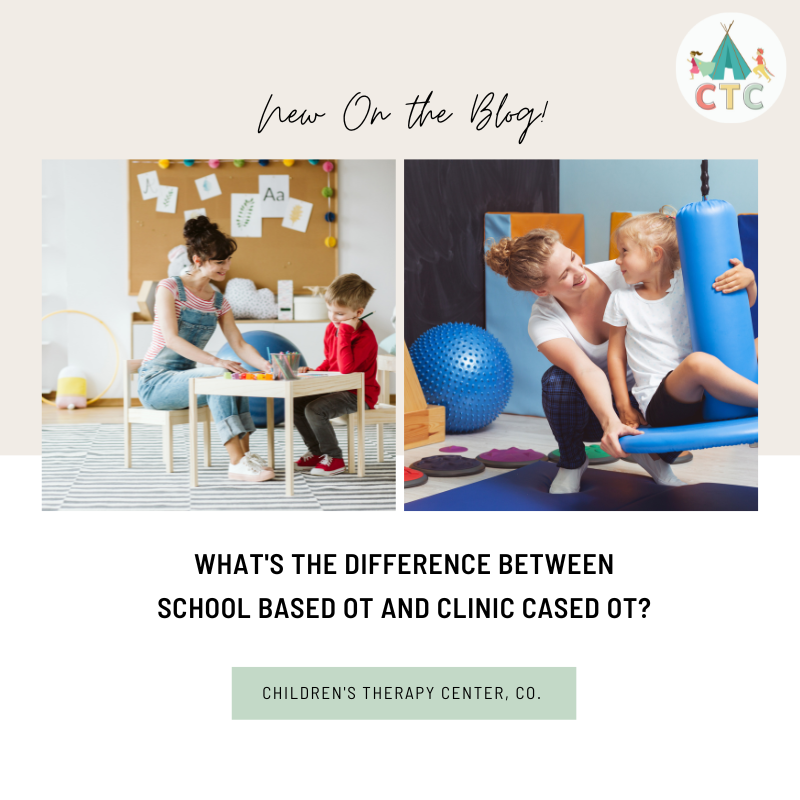
Occupational therapy (OT) is a form of therapy that helps people of all ages develop or regain the skills necessary for daily living. OT can be provided in various settings, including schools and clinics. While both school-based and clinic-based OT have the same goal of improving a child’s skills, there are some key differences between the two.
School-Based OT
School-based OT is provided in the child’s educational setting, typically in a public or private school. School-based OT is designed to help children with disabilities or delays that affect their ability to participate in school activities. These services are provided as part of a child’s individualized education program (IEP) and are often provided by a certified occupational therapist or occupational therapy assistant. School-based OT may include activities such as handwriting practice, sensory integration activities, and adaptive equipment recommendations. The focus of school-based OT is to help the child achieve their educational goals and to participate in school activities to the best of their abilities.
Clinic-Based OT
Clinic-based OT is provided in a clinical setting, such as a private practice or hospital. Clinic-based OT is designed to help children with a range of needs, from minor motor delays to more significant disabilities or medical conditions. These services are typically provided by certified occupational therapists who specialize in pediatric therapy. Clinic-based OT may include a wide range of interventions, including fine motor skill development, sensory integration therapy, and play-based therapy. The focus of clinic-based OT is to help the child achieve their maximum potential in all aspects of their daily life.
Key Differences
The key differences between school-based and clinic-based OT include:
- Setting: School-based OT is provided in the educational setting, while clinic-based OT is provided in a clinical setting.
- Goals: The goals of school-based OT are focused on the child’s educational needs and participation in school activities. The goals of clinic-based OT are focused on the child’s overall development and functioning.
- Frequency: School-based OT is typically provided on a schedule that is determined by the child’s IEP. Clinic-based OT is typically provided on a weekly or biweekly basis.
- Referral Process: Children may be referred to school-based OT by their teacher or school administrator. Clinic-based OT services may be referred by a child’s physician, pediatrician, or other medical professional.
- Payment: School-based OT is typically covered by the school district as part of the child’s IEP. Clinic-based OT may be covered by insurance or paid for out-of-pocket by the family.
Conclusion
School-based OT and clinic-based OT are both valuable resources for children with disabilities or delays. While the settings and goals of these services may differ, both aim to improve a child’s skills and help them reach their full potential. By understanding the differences between school-based and clinic-based OT, parents and caregivers can make informed decisions about which services are best for their child.







